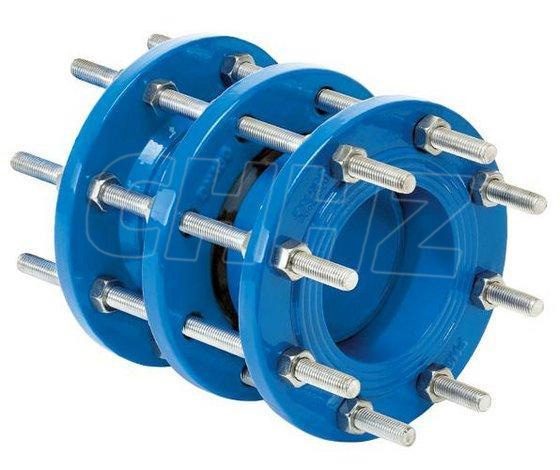Materials and Processing Procedures for Detachable Force Transmission Joints.
Materials and Processing Procedures for Detachable Force Transmission Joints. When designing detachable force transmission joints for mechanical systems, careful selection of materials and appropriate processing procedures is essential to ensure optimal performance, durability, and ease of assembly. This article will explore the key considerations when choosing materials and processing procedures for detachable force transmission joints.
Materials:
Strength and stiffness: The selected material should have sufficient strength and stiffness to withstand the forces and loads transmitted through the joint. Common materials for force transmission joints include steel, aluminum alloys, and high-strength composites. Consider factors such as the desired weight of the joint and the maximum load it is expected to handle.
Wear resistance: Joints subjected to repetitive or continuous movement may experience wear over time. It is important to select materials that have good wear resistance properties to ensure the longevity of the joint. Materials like hardened steel or materials with suitable coatings can be considered for this purpose.
Corrosion resistance: Depending on the operating environment, such as exposure to moisture, chemicals, or high humidity, the joint may be prone to corrosion. Select materials that have good corrosion resistance properties to ensure the integrity and functionality of the joint. Stainless steel or corrosion-resistant alloys are commonly used for such applications.
Compatibility: Consider the compatibility of the material with other components or parts that make up the mechanical system. Compatibility includes factors such as thermal expansion coefficients, coefficient of friction, and galvanic corrosion when dissimilar metals are in contact.
Processing Procedures:
Machining and fabrication: The manufacturing process for detachable force transmission joints often involves machining and fabrication techniques. Machining processes such as milling, drilling, or turning are used to shape and refine the joint components. Fabrication techniques like welding or soldering may be employed to attach or assemble the joint components. Choose processing procedures that are suitable for the selected material and ensure the dimensional accuracy and surface finish requirements of the joint.
Surface treatment: Consider surface treatments that can enhance the joint's performance and provide additional protection. Options include heat treatment for improved strength, hardness, and wear resistance, as well as various coatings like plating, painting, or anodizing for improved corrosion resistance.
Tolerance and fit: Pay attention to the tolerance requirements and fit conditions between the joint components. Allowances need to be made for proper clearance or interference fits, depending on the specific application. Factors such as temperature variations, load magnitudes, and cyclic loading should also be considered for appropriate dimensional design.
Assembly and disassembly: Consider the ease of assembly and disassembly of the joint components. Design features such as threaded connections, snap-fit mechanisms, or quick-release mechanisms can facilitate the detachment and reattachment of the joint components during maintenance or servicing operations.
In conclusion, selecting suitable materials and processing procedures for detachable force transmission joints is crucial for ensuring the desired performance, durability, and ease of assembly. Consider factors such as strength, stiffness, wear resistance, corrosion resistance, compatibility, machining, fabrication, surface treatment, tolerance, fit, and assembly/disassembly requirements. By carefully considering these factors, designers can create robust and efficient detachable force transmission joints for mechanical systems.
